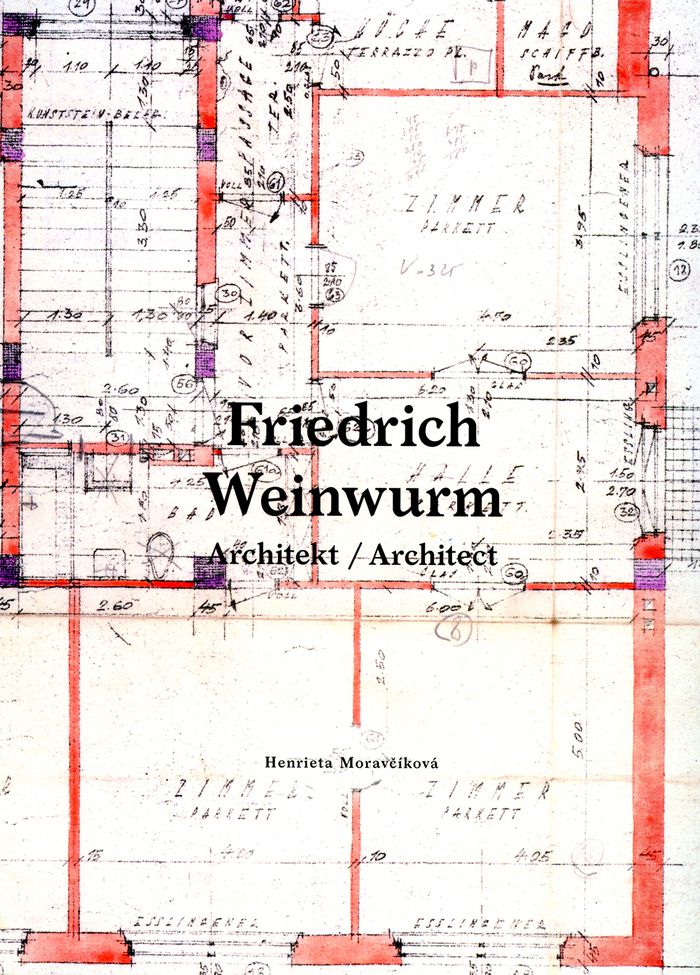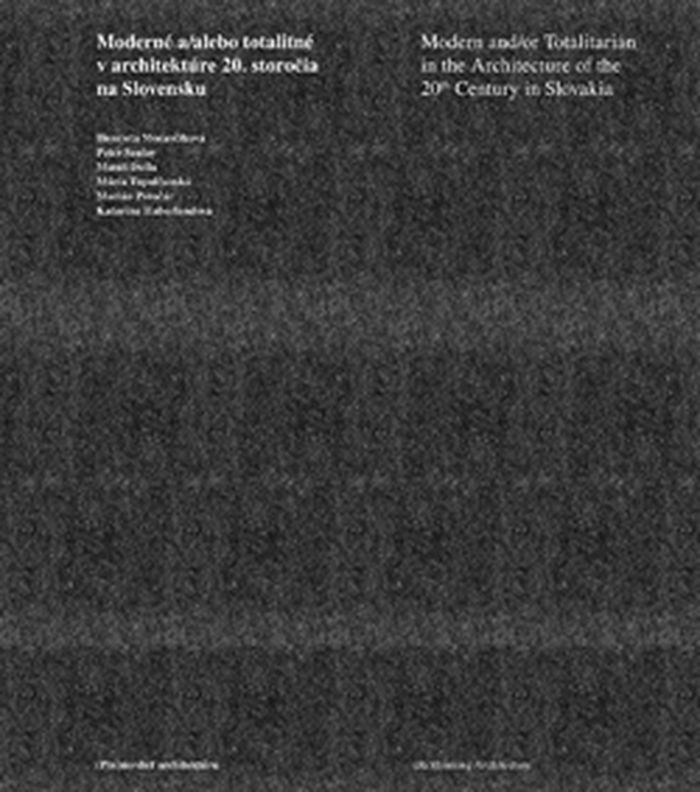$143.95
(disponible sur commande)
Résumé:
Friedrich Weinwurm, a contemporary of Le Corbusier, Mies van der Rohe or Walter Gropius and one of the most noteworthy architects of Slovakia, can be ranked among the leading representatives of the interwar Central European architectural avant-garde. His legacy of several dozen designed and completed office buildings, single-family houses, villas and housing complexes(...)
Friedrich Weinwurm, architect
Actions:
Prix:
$143.95
(disponible sur commande)
Résumé:
Friedrich Weinwurm, a contemporary of Le Corbusier, Mies van der Rohe or Walter Gropius and one of the most noteworthy architects of Slovakia, can be ranked among the leading representatives of the interwar Central European architectural avant-garde. His legacy of several dozen designed and completed office buildings, single-family houses, villas and housing complexes (Nová Doba, Unitas) forms an oeuvre attracting admiration today. His progressive social program and clear principles for architectural design influenced the Slovak architectural scene of the 1920s and 1930s more than the work of any other architect. The publication contains a comparison between Weinwurm´s work and its contemporary efforts on both the local and international levels, as well as its integration into the context of the domestic and broader European architectural situation.
Architecture, monographies
$59.99
(disponible sur commande)
Résumé:
This publication takes on a controversial theme in Slovak architecture: the influence of totalitarian or authoritarian political regimes on architectural production. Particular attention is devoted to the relationship between modernity and totalitarian/authoritarian order. Using selected works of 20th-century architecture in Slovakia, it is shown how the different ideas(...)
Modern and/or totalitarian in the architecture of the 20th century in Slovakia
Actions:
Prix:
$59.99
(disponible sur commande)
Résumé:
This publication takes on a controversial theme in Slovak architecture: the influence of totalitarian or authoritarian political regimes on architectural production. Particular attention is devoted to the relationship between modernity and totalitarian/authoritarian order. Using selected works of 20th-century architecture in Slovakia, it is shown how the different ideas of the state authorities had varying effects on the formal aspects of architecture, and how the architects themselves reacted to these ideas. At the same time, an indication is provided of how this architecture was received by the public at the time of its creation and how it is evaluated today, at a distance of several decades.
Modernisme

